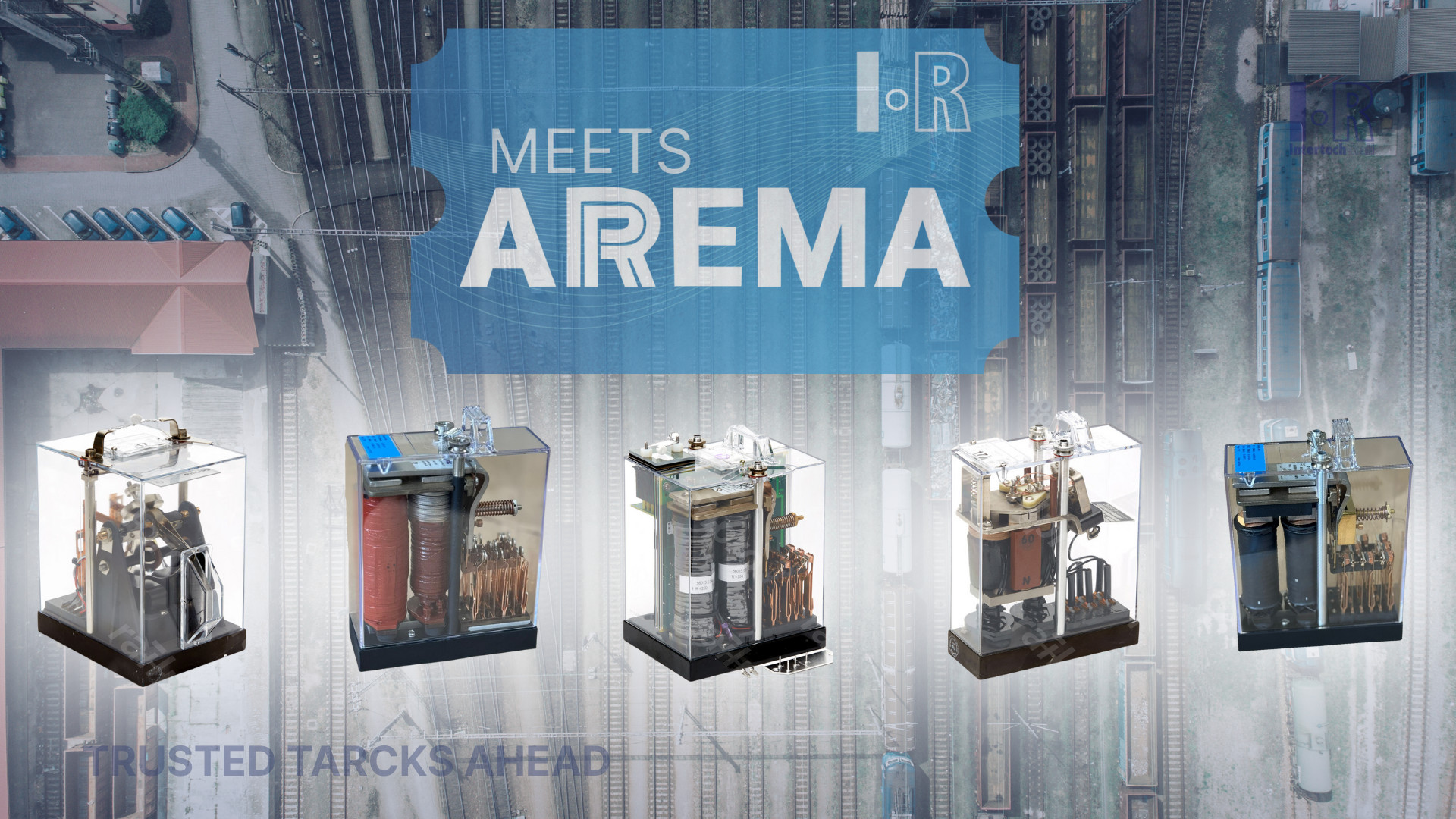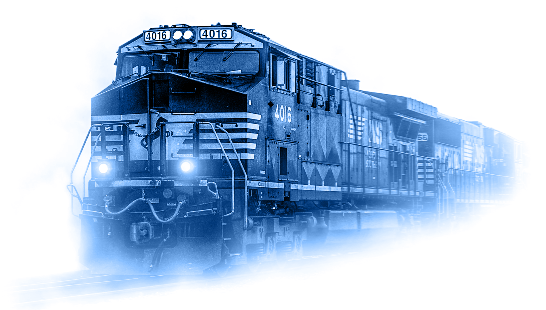AREMA Standards: A Guide to Subclasses and Certification
In the dynamic landscape of railway engineering and maintenance, adherence to industry standards is a MUST. Among the most respected and widely recognized standards in North America is the American Railway Engineering and Maintenance-of-Way Association (AREMA). Understanding AREMA standards, their subclasses, and the equipment associated with each is essential for professionals in the rail industry. Additionally, grasping the process of achieving AREMA certification ensures compliance with these rigorous standards.
Understanding AREMA Standards:
AREMA standards encompass a comprehensive array of specifications, guidelines, and best practices that cover various facets of railway engineering, construction, and maintenance. Here's a breakdown of key subclasses and the types of equipment associated with each:
1. Track Standards (Chapter 4): Covering design, construction, and maintenance, track standards dictate specifications for rails, ties, ballast, and fastening systems. Equipment includes track inspection vehicles, tamping machines, and ballast regulators.
2. Structures Standards (Chapter 7): These standards pertain to the design, construction, and upkeep of railway structures such as bridges, culverts, tunnels, and retaining walls. Equipment encompasses bridge inspection vehicles, crane cars, and pile drivers.
3. Rail Standards (Chapter 5): Focusing on railway rails, these standards outline dimensions, materials, and manufacturing processes. Associated equipment includes rail welding machines and rail testing equipment.
4. Signals and Communications Standards (Chapter 8): Covering signaling systems, train control technologies, and communication systems, this category includes signal maintenance vehicles, trackside signaling equipment, and radio communication devices.
5. Maintenance of Way Equipment (Chapter 6): Encompassing various maintenance-of-way equipment for railway construction and upkeep, this category includes track maintenance machines, rail grinders, and tie replacement machines.
Achieving AREMA Certification:
Obtaining AREMA certification involves a structured process:
1. Understanding Requirements: Familiarize yourself with the relevant AREMA standards applicable to your area of operation or the equipment you manufacture or maintain.
2. Compliance Assessment: Ensure that your equipment or infrastructure meets the stipulated requirements outlined in the applicable AREMA standards through design reviews, testing, and documentation verification.
3. Application Submission: Submit a comprehensive application for AREMA certification, including all required documentation and evidence of compliance with relevant standards.
4. Review Process: Your application undergoes thorough review by AREMA's certification board or committee, which may include additional clarification or documentation requests.
5. Certification Issuance: Upon successful completion of the review process, you receive AREMA certification for your equipment or infrastructure, affirming compliance with industry standards and best practices.
Within the AREMA, there is the C&S Manual, a myriad of classes provides a structured approach to understanding and implementing the diverse components of railway communications and signals. Let's delve into each class to unravel the breadth and depth of knowledge encapsulated within this indispensable resource:
Class A: General Requirements and Definitions
In this foundational class, general requirements, definitions, and terminology set the stage for comprehending the intricacies of railway communication and signaling systems. Clear definitions and standardized terminology ensure consistency and clarity in communication among railway professionals.
Class B: Highway-Rail Grade Crossings
Grade crossings, where railways intersect with roadways, represent critical points requiring specialized attention. This class addresses the design, operation, and maintenance of grade crossing warning systems, including flashing lights, bells, gates, and other safety devices aimed at protecting both motorists and railway traffic.
Class C: Signal Systems
Signal systems form the backbone of railway operations, facilitating safe and efficient train movements. This class encompasses block signaling, interlocking systems, wayside signaling equipment, and signal circuits, ensuring the coordination of trains and the prevention of collisions.
Class D: Communications Systems
Facilitating effective communication among railway personnel, dispatchers, and train crews, communications systems play a pivotal role in railway operations. This class encompasses radio communication, fiber optics, data transmission networks, and other technologies vital for maintaining connectivity and operational efficiency.
Class E: Positive Train Control (PTC)
Positive Train Control (PTC) systems represent a technological leap forward in enhancing railway safety. This class covers the architecture, implementation, testing, and regulatory compliance of PTC systems, which automatically control train movements to prevent collisions and derailments.
Class F: Signal Circuits and Interlocking Systems
Signal circuits and interlocking systems are the nerve center of railway signaling infrastructure. This class delves into the design, installation, testing, and maintenance of signal circuits, switch machines, relays, and interlocking logic, ensuring the smooth and safe operation of trains.
Class G: Wayside Signals and Signs
Wayside signals and signs convey critical information to train crews and maintenance personnel. This class provides guidance on the placement, design, and maintenance of various types of signals, signs, and markers along the railway right-of-way, enhancing situational awareness and safety.
Class H: Communications Transmission Systems
Communications transmission systems form the backbone of railway connectivity. This class covers the design, installation, and maintenance of communication networks, including microwave, fiber optic, and digital data transmission systems, ensuring reliable communication across the railway network.
Class I: Grade Crossing Warning Systems
Grade crossing warning systems are essential for alerting motorists to the presence of trains at highway-rail intersections. This class addresses the design, installation, and maintenance of flashing lights, bells, gate mechanisms, and other safety devices, mitigating the risk of collisions.
Class J: Signal Structures and Foundations
Signal structures provide essential support for signaling equipment, while foundations ensure their stability and durability. This class covers signal masts, cantilever arms, and foundation systems, safeguarding the integrity of signaling infrastructure.
In navigating the classes of the AREMA C&S Manual, railway professionals gain a deeper understanding of the intricate web of communication and signaling systems that underpin safe and efficient railway operations. By adhering to the standards and best practices outlined in this comprehensive guide, stakeholders in the railway industry uphold the highest standards of safety, reliability, and performance, ensuring the continued success of rail transportation systems around the world.




1501 Venera ave Suite 320A Coral Gables, FL 33146
+55 11 985974011 (Brazil)
+1 614 302 1900 (USA)
Intertech Rail 2024 - All Rights Reserved





